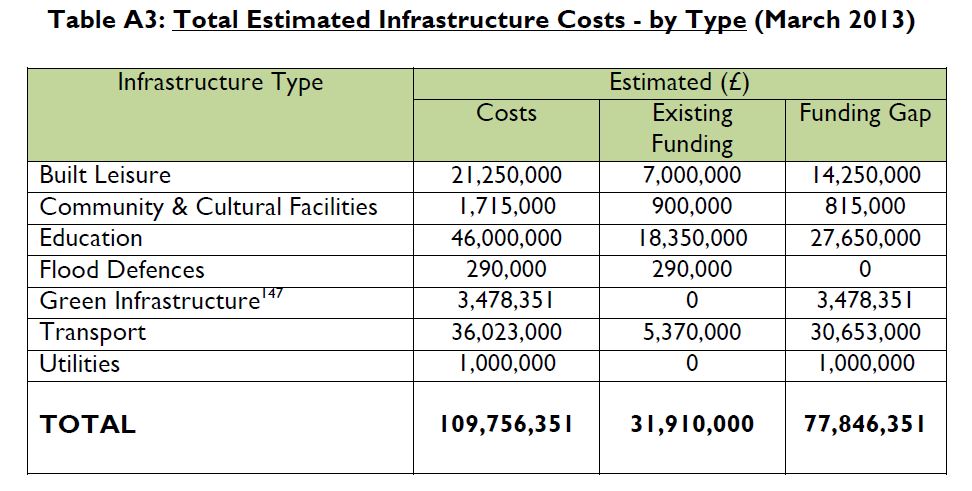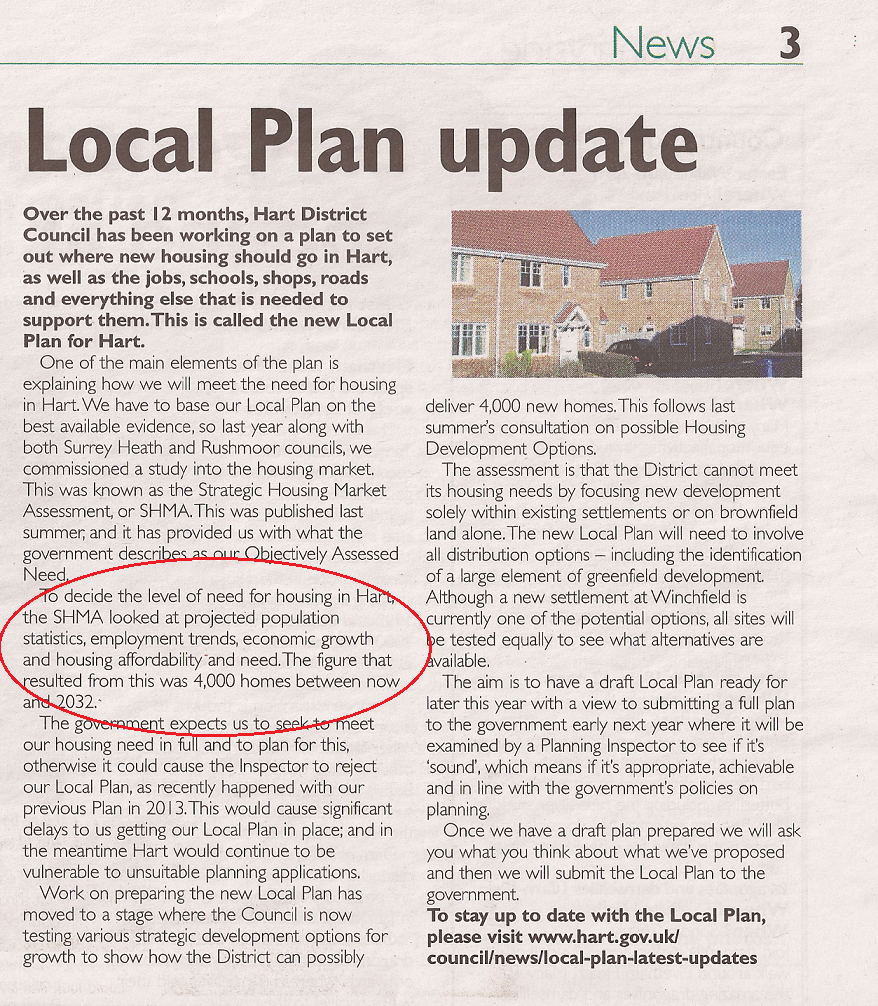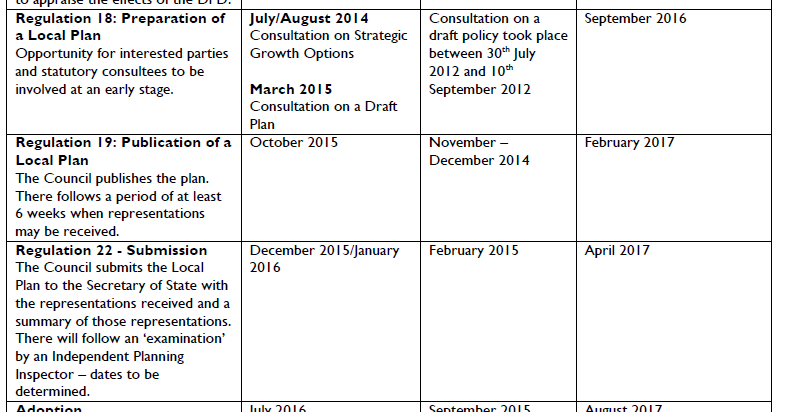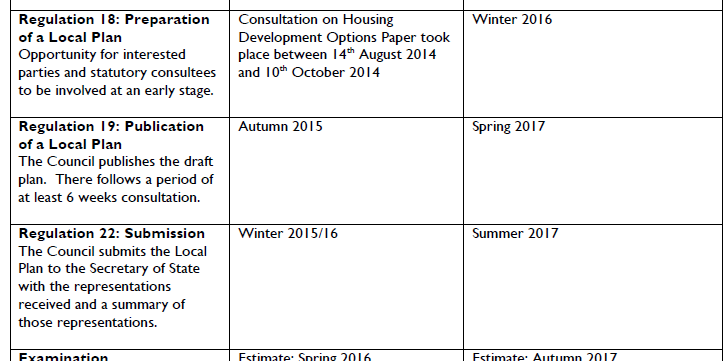
Hart District Council fails to consider the needs of the ageing population
In a piece of further news from the last Hart District Council meeting on 26 March, the Council demonstrated that it has not properly considered how they were going to cater for the needs of the ageing population in the Local Plan, as we posted earlier. The detailed questions and answers can be found here.
If you would like to ask Hart Council think again, please sign and share our petition:
Go to Petition
In our question we estimated that the council would have to ensure there were around 2,200 further specialist dwellings built for the elderly in the plan period. Our calculations were dismissed as “speculative” and that the council would rely on more detailed analysis in the Strategic Housing Market Assessment (SHMA).

Hart District dismissed We Heart Hart’s calculations.
However, having now gone back to look at the final version of the SHMA in more detail, it is clear that the SHMA requires even more specialist units than we originally thought.
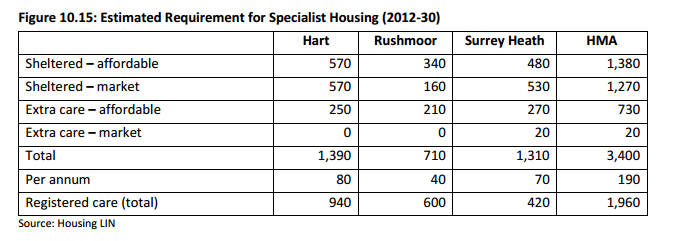
Hart District Requirements for the Ageing Population
We found that between 2012 and 2030, Hart needs to provide 1,390 specialist units for the elderly and infirm. Extending this back to 2011, and out to 2032 at the 80 dwellings per annum rate identified in the report would give 1,630 units. To this must be added the further 940 registered care places in the graphic above. This gives a total of 2,590 additional units for the ageing population, which is around 300 more than we estimated.
In addition, the SHMA says:
“There is the potential opportunity therefore to reduce under-occupation and free up family sized dwellings for overcrowded households; although to achieve this it would very likely be necessary to provide attractive options in areas where households currently live and where they have social and community ties”
This clearly states that we should build this specialist accommodation where people currently have ties and can be close to amenities, which is in line with the land buying policies of specialist companies like McCarthy & Stone and Churchill. This seems to us to rule out building specialist accommodation for the elderly in a new town at Winchfield.
Building a new town at Winchfield will effectively crowd out most of the other development in the district. As there are around a further 4,000 units left to grant planning permission to, then building up to 2,400 houses in Winchfield will mean there isn’t sufficient remaining capacity to meet the need of 2,590 units for the ageing population. This runs the risk of the plan being found unsound and could even lead to the inspector adding this on to our overall requirement.
Of course, if the council were to focus on higher density development on brownfield closer to the centre of existing settlements then our duty to the elderly could be met more easily.







